
Powerful both in the quarry and on the road: Peter Wedhorn’s Arocs with Hydraulic Auxiliary Drive
Report
Peter Wedhorn drives a new Arocs 1848 with MirrorCam, Predictive Powertrain Control and Hydraulic Auxiliary Drive for the haulage and excavator company Luzia Knackert – it is the perfect solution for combined operations both on and off-road.
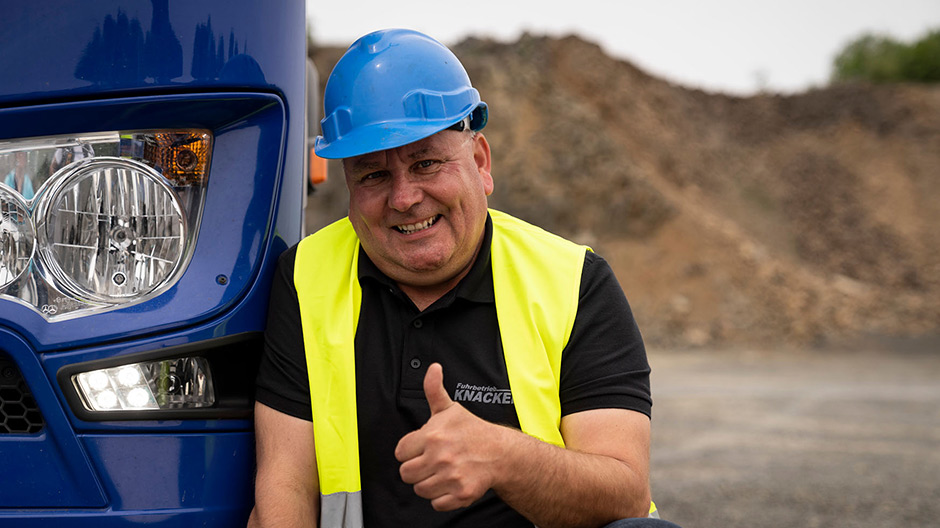
“It’s the best construction vehicle that I have ever sat in.”
– Arocs driver Peter Wedhorn
Right at the very start of the RoadStars reporters’ visit to the quarry, Peter Wedhorn demonstrates just what his new Arocs is capable of off-road. The 49-year old valiantly tackles an extreme incline: the transmission of the 6-cylinder inline engine shifts into a lower gear. You can hear a buzzing in addition to the engine noise. As if by magic the tipper semitrailer gains traction at the front axle – and climbs the difficult hill effortlessly. The path to the waste heap is free. Peter wants to unload high-grade flint there.
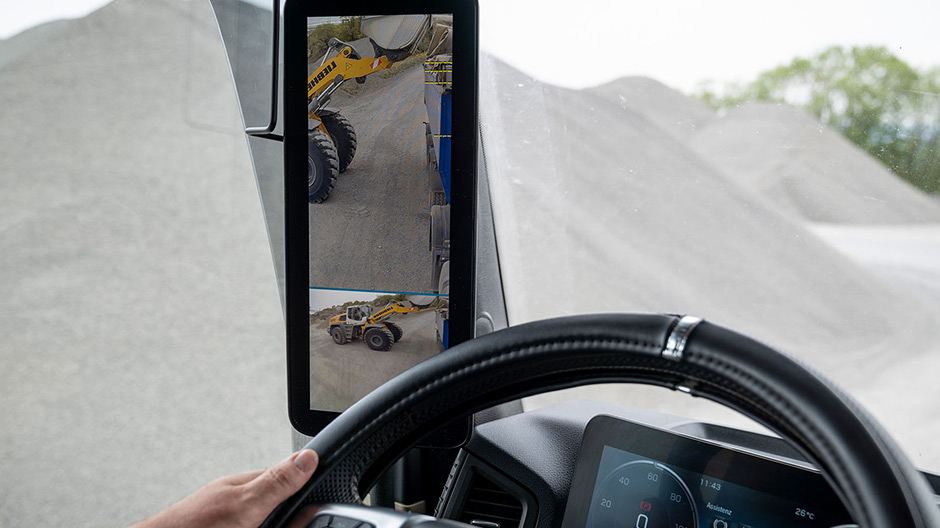
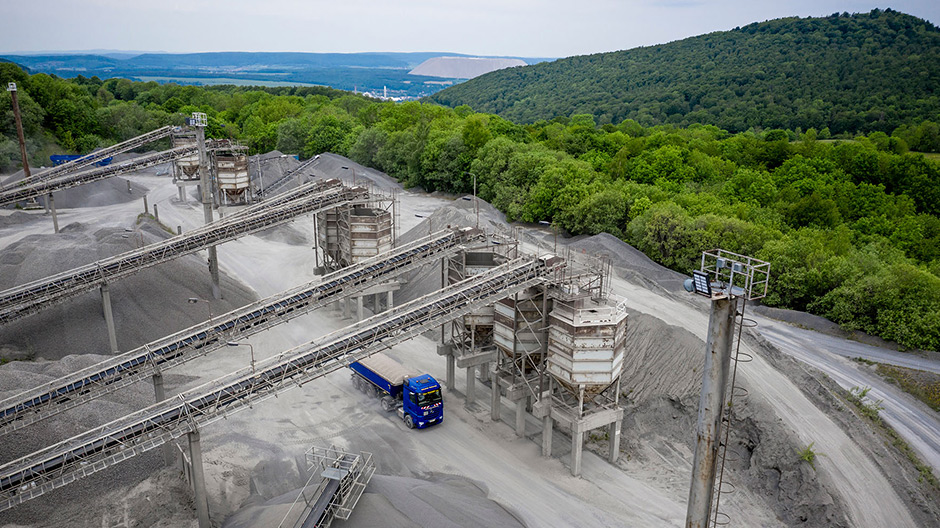
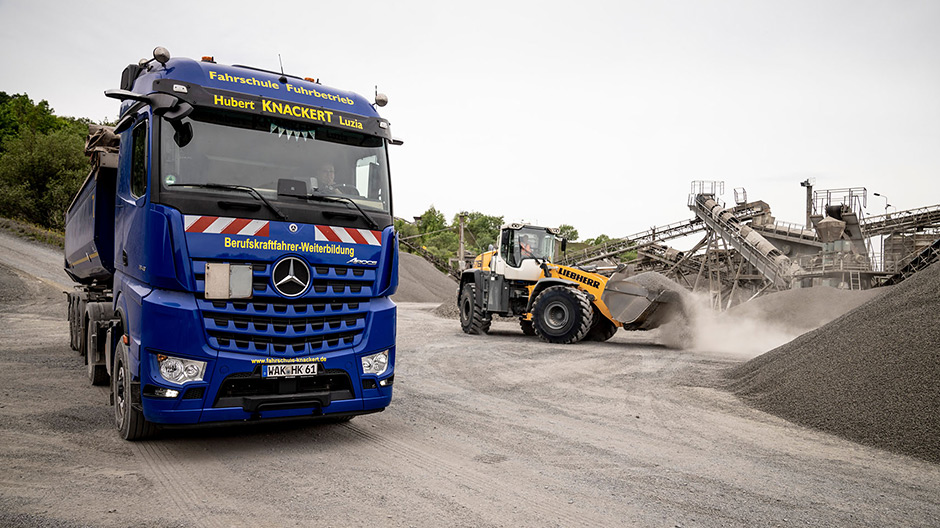
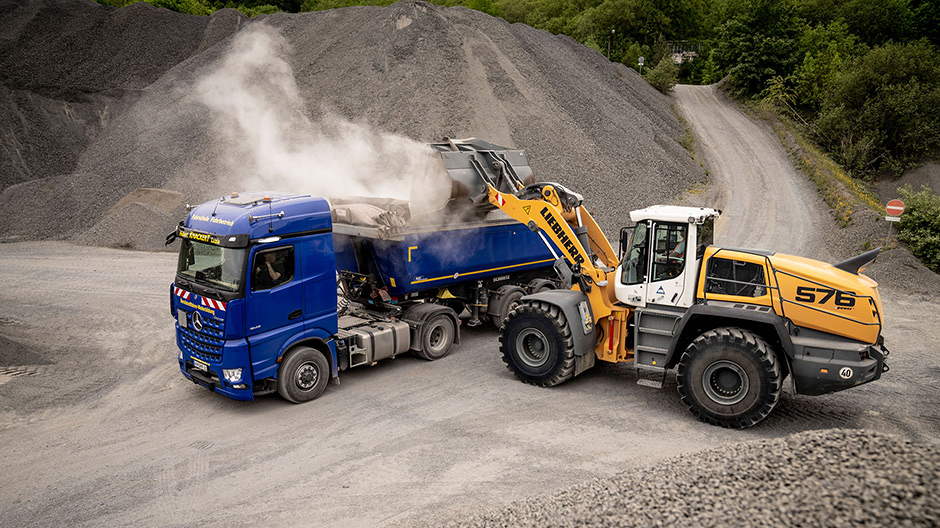
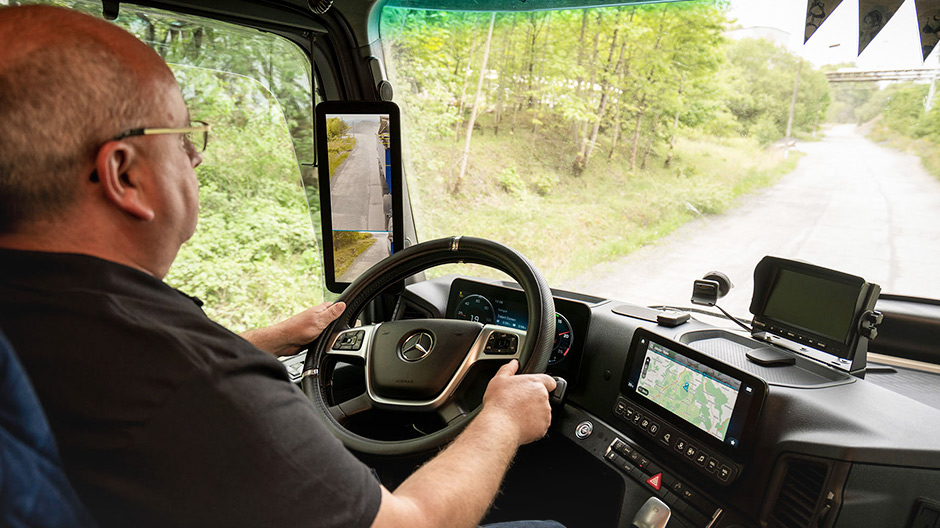
“Before, I couldn’t get up that hill in a semitrailer truck with only an all-wheel drive. I had to drive around it. But today, with the Hydraulic Auxiliary Drive on the front axle that is no longer a problem,” says the driver at Luzia Knackert, the haulage and excavator company from Vacha in the Thuringian part of the Rhön region.
Yes, the reason for this good performance is the Hydraulic Auxiliary Drive on Peter’s new Arocs 1848.
This article contains additional material (videos, images and reports etc.) for registered RoadStars members. In order to experience the article to the full, you need to log in with your RoadStars account or register for one free of charge.
Become a RoadStar and gain access to exclusive content and campaigns!
Login for RoadStars members
Not yet a member? Join RoadStars now
Obtain exclusive access to exciting events and activities which only RoadStars can offer.
Join RoadStarsA payload advantage of up to 500 kilogrammes.
The system functions as a starting-off aid, providing assistance in difficult terrain or on slippery surfaces and operates up to a speed of 25 km/h. Due to a payload advantage of up 500 kg, the Hydraulic Auxiliary Drive is better suited to construction vehicles which spend a great deal of time on the roads than an all-wheel drive system.
When he enters the quarry premises, Peter need only activate the auxiliary drive with a switch in the centre console. This is shown by a blue symbol in the primary display of the multimedia cockpit. Now a pump mounted at the engine transfers up to 450 bar of pressure to two wheel hub motors on the front axle as required. There is up to 40 kW of additional drive energy available per wheel. Peter remains mobile – even when its steep or slippery.
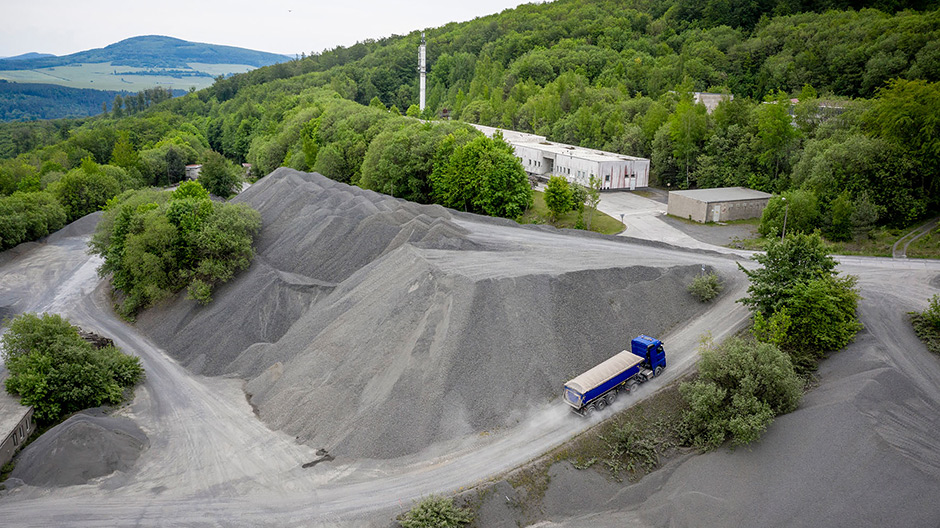
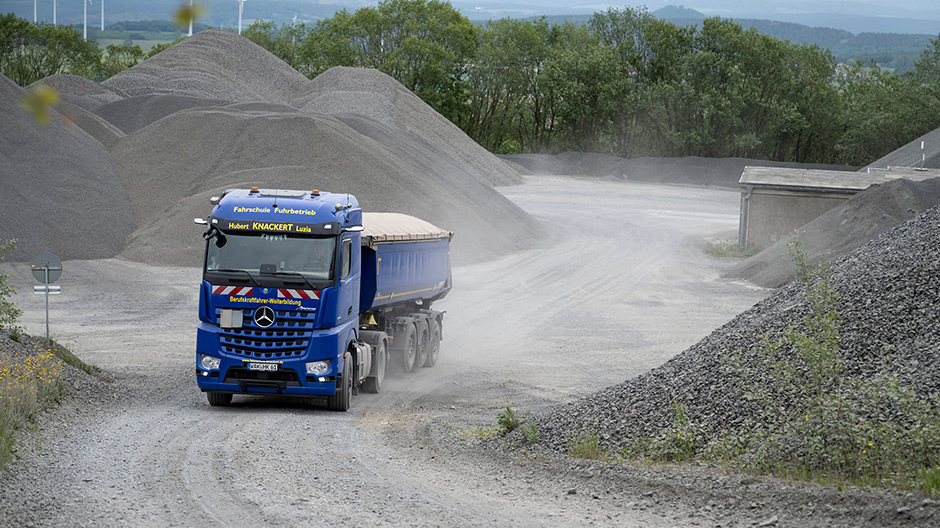
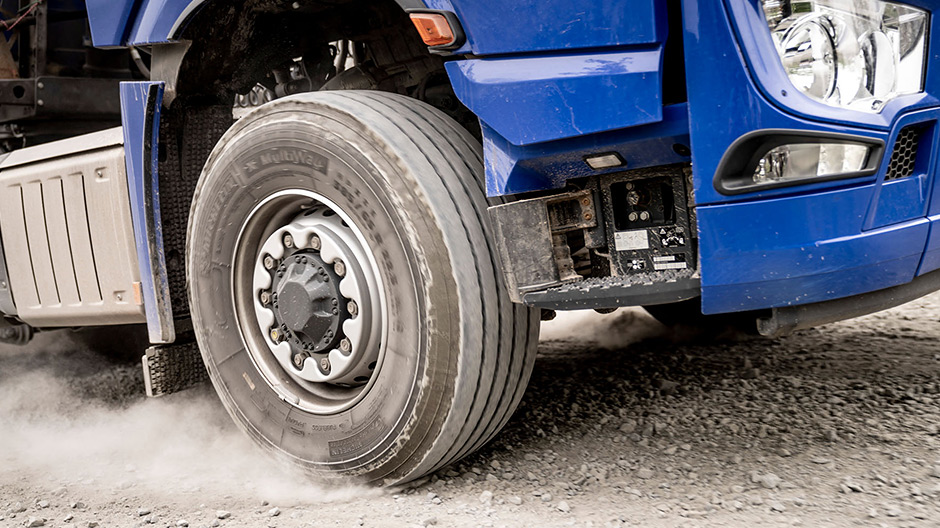
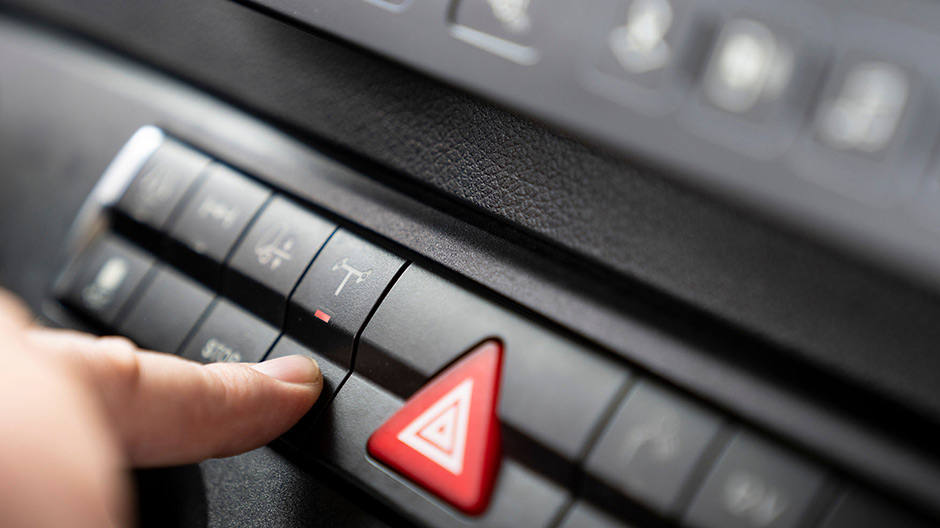
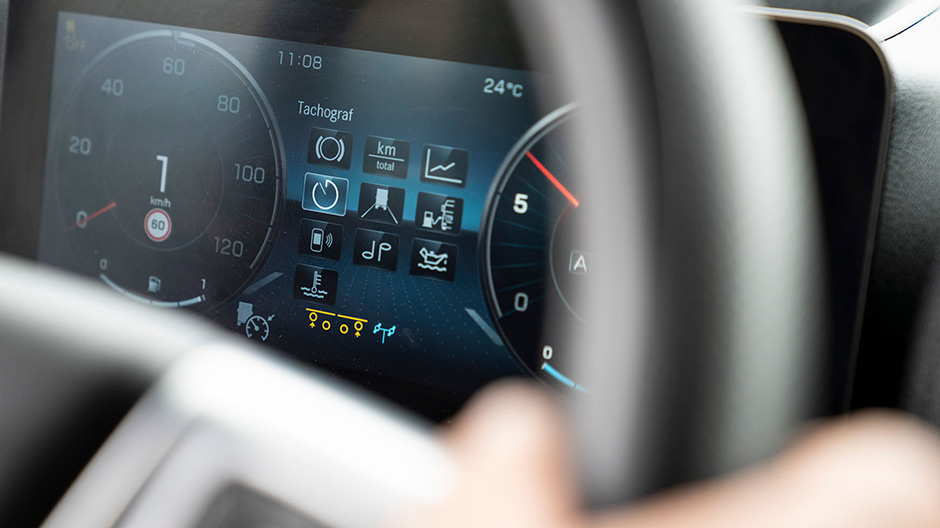
“How often in the past have I got stuck with my rear-wheel drive tractor/semitrailer combination and had to be pulled out by a crawler,” Peter tells us. “That always costs time and money because at the end of the day you manage one tour less when something like that happens to you.” However, an all-wheel drive isn’t a solution for Peter’s employer either: “More than 90 percent of the kilometres I drive are on the road. I only need maximum traction for a short time.”
One of the first new Arocs.
Peter particularly likes the fact that with Hydraulic Auxiliary Drive full tractive power is available at the front axle even when shifting gear. The reason for that: the high-pressure pump doesn’t draw its energy from the main drivetrain, but from the power take-off. A solution that at present is only offered by Mercedes‑Benz.
Peter has been driving the new Arocs for about a year. It is one of the first that left the production line in the Mercedes‑Benz Wörth plant. He and his Arocs transport high-grade flint, stone soil, basalt frost protection or asphalt for large suppliers.
Peter particularly likes the MirrorCam on the new Arocs. The digital rearview mirror offers the driver more than just a view to the rear – it assists him in a range of situations with additional information on the displays in the cab interior. When overtaking, for example, special distance lines indicate when the Arocs can merge back into lane.
“The best thing about it, is that the view through the side windows is not obstructed,” says Peter. “The cameras are mounted right up on the roof frame and can no longer block your view. It’s also good that the cameras don’t get as dirty as normal mirrors. That is particularly noticeable on the building site in bad weather!“
Another plus for the new Arocs is the new Predictive Powertrain Control. This intelligent cruise control and transmission management system can now be used on interurban roads too. Which is exactly where Peter usually drives. The system saves up to five percent fuel there. It automatically takes climbs, brows of hills, downhill gradients and as of late the radius of bends, speed limits and right of way regulations into account.
“But what I really like is that the system slows the truck down to 50 km/h just as it enters a town and then automatically accelerates back up to the set speed afterwards,” says Peter. “That is very comfortable!”
27 years of experience.
Peter Wedhorn has been in the company for 23 years and has been driving trucks for 27 years. His verdict: "For combined work in road and construction site traffic, the new Arocs is the best vehicle that I have ever sat in. Assistance systems, user interfaces, driving performance – everything that today’s technology has to offer, is available to the driver here.”
Incidentally, that is why the new Arocs is also used as a demonstration vehicle at the Knackert driving school – the sister company of Luiza Knackert, the haulage and excavator company. Here, Peter Wedhorn is often asked to step in and explain things, when the obligatory further training in accordance with the German professional driver's qualification legislation (BKrFQG) is due. Wedhorn: “Those who drive an older vehicle every day, are amazed at what is possible today when they get into our new Arocs with its multimedia cockpit and all the gadgets!”
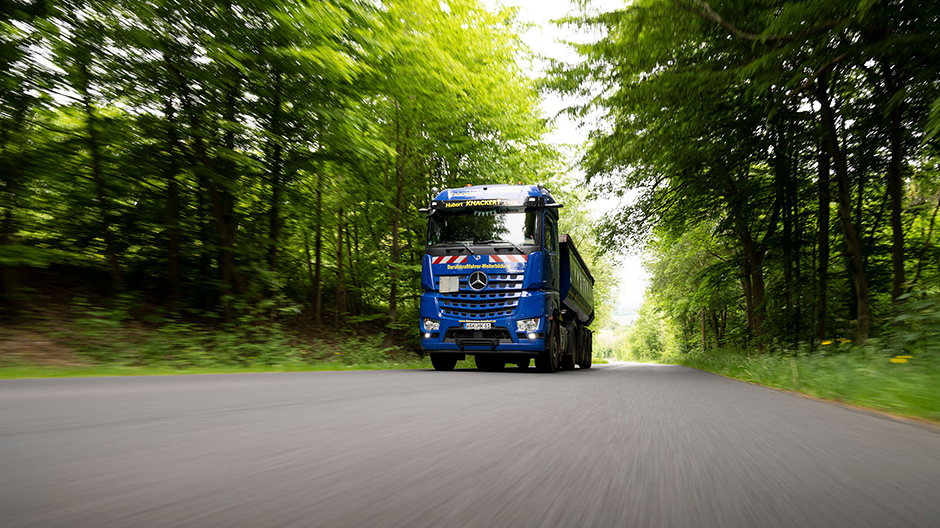
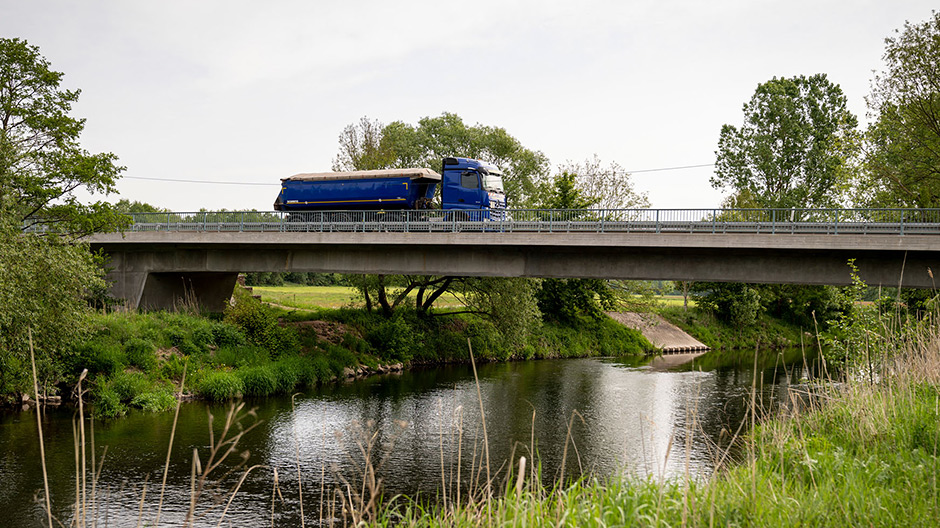
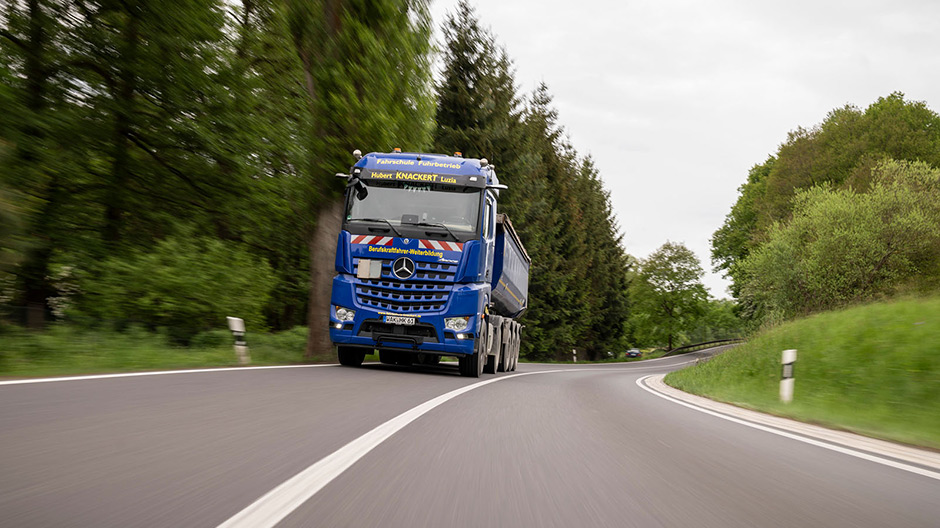
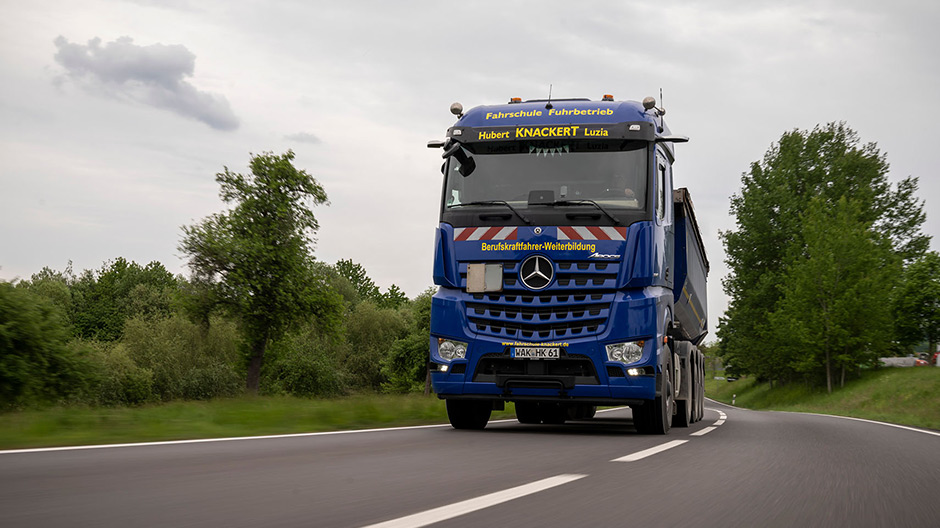
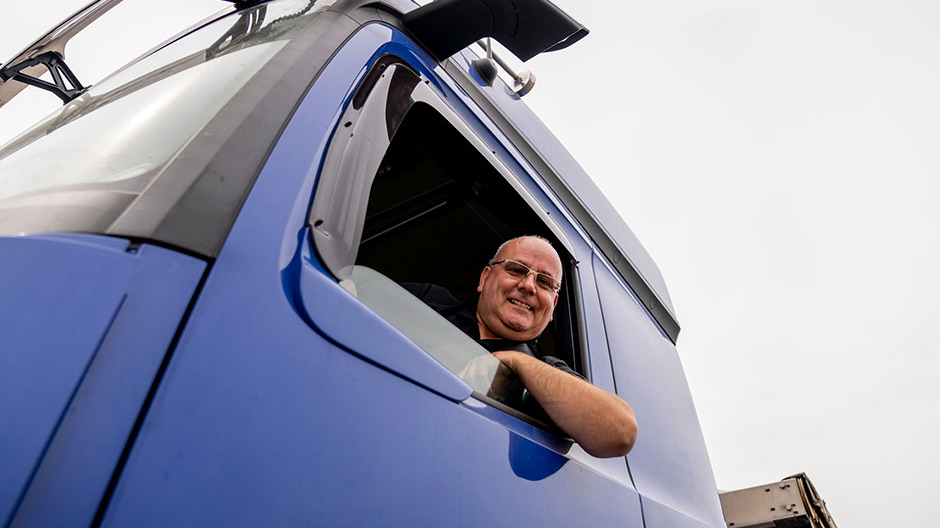
Photos: Matthias Aletsee
Video: Martin Schneider-Lau




Comment
Please log in to post a comment.
14 comments
Grüße Jörg 👍👍👍👍👍⛟😎
Grüße Jörg 👍👍👍👍👍⛟😎